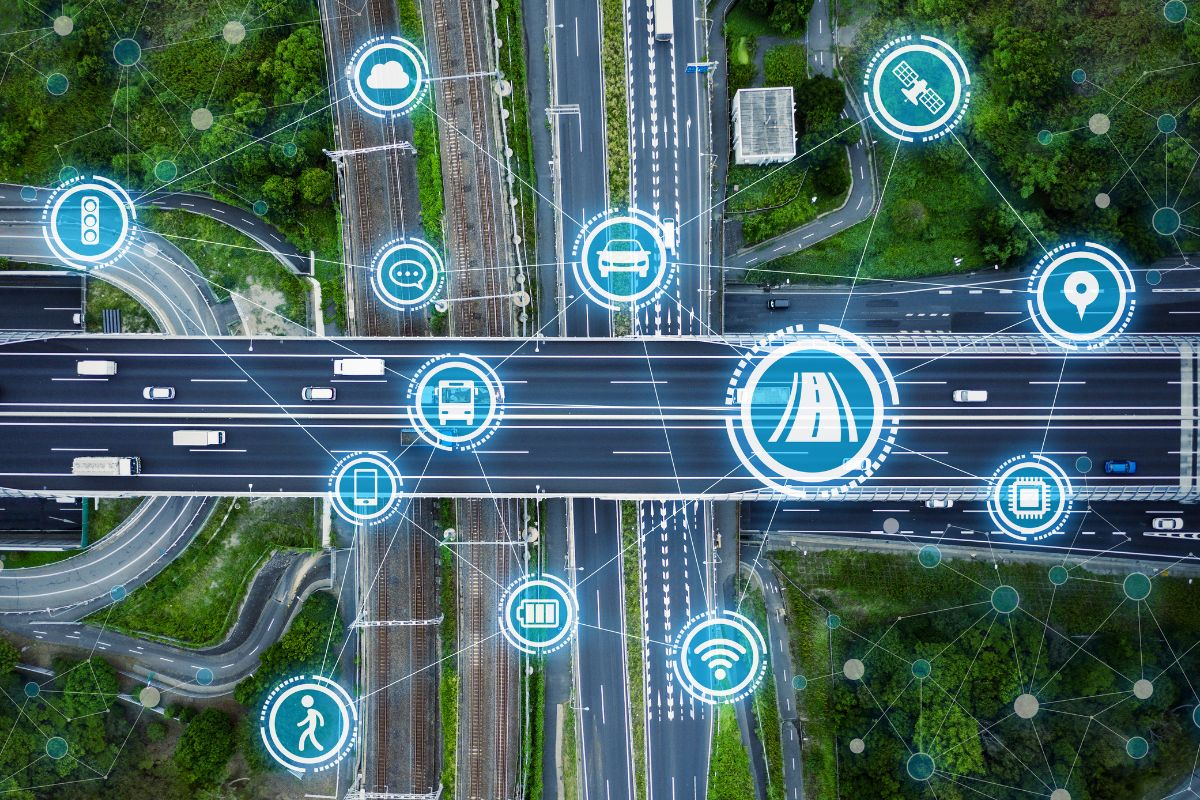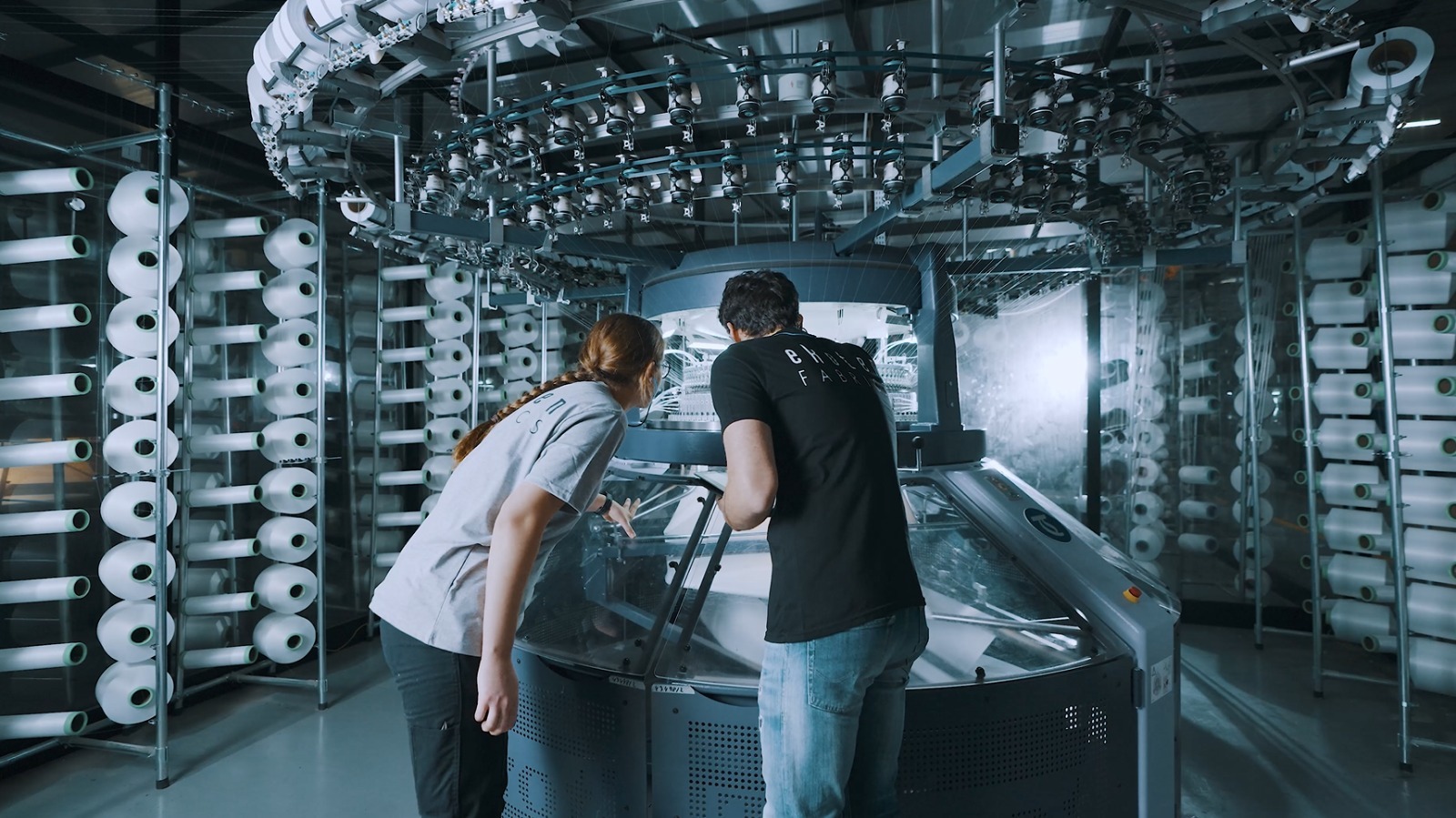World
The Critical Role of OpticSense in US Infrastructure

Economic growth in the United States relies on a vast networkof roads, bridges, water systems, railways, airports, high-speed internet access, and power grids. Much of this infrastructure has exceeded its intended lifespan, and the costs associated with upkeep are skyrocketing.
Among developed nations, the World Economic Forum rates the quality of US infrastructure as 13th. In fact, the American Society of Civil Engineers reveals that over 45,000 of the country’s bridges and 1 in 5 miles of its roads are in poor condition.
Fortunately, Huvr has introduced a cutting-edge means of monitoring infrastructure in real time. This comprehensive monitoring is designed to save money and keep people safe.
Why critical US infrastructure is failing
Much of the country’s infrastructure was built during the mid-20th century, and these structures are now reaching the end of their design lives. Along with the effects of natural aging, there has been a chronic underinvestment in infrastructure maintenance and upgrades. Public investment in the nation’s critical infrastructure has decreased by over 40 percent since the 1960s, and estimates suggest trillions of dollars are required to bring it up to acceptable standards.
The increasing frequency and severity of natural disasters — including hurricanes, floods, and wildfires — exacerbate the vulnerabilities of already fragile infrastructure. A quickly growing population also places additional stress on infrastructure systems that were not designed to handle the loads they do today.
Advancements in artificial intelligence AI and fiber optics for real-time monitoring
The convergence of artificial intelligence (AI) and fiber optic interferometer (FoRI) technology heralds a new era in infrastructure monitoring. Two years ago, Herman DeBoard, CEO of Huvr, acquired the company called OpticSense.
“OpticSense patented technology was created by a retired lead scientist from Halliburton who also happened to be one of my neighbors,” DeBoard recalls. “I used to go over and have drinks just to listen to him talk about his latest invention. At that time, he was working on a Fiberoptic Ring Interferometer. When installed around a facility, the ring transformed the entire location into a microphone sensitive enough to pick up the sound of falling snowflakes.”
According to DeBoard, this FoRI is a beam of light that travels in two directions to form a closed loop, establishing a secure perimeter around the entire infrastructure. “When sound waves cross the fiberoptic ring, they bend it ever so slightly, enabling us to monitor every audio event inside the loop,” he explains.
Fiberoptic sensors offer high-sensitivity monitoring over an extended area. They are resistant to environmental factors such as weather conditions and electromagnetic interference, making them ideal for monitoring infrastructure in harsh outdoor conditions.
A sophisticated AI system predicts potential failures and security threats by analyzing patterns in the data collected from these sensors. The system constantly processes and analyzes data in real time to identify anomalies. Audio anomalies, or sounds that fall outside the expected norm, trigger the system to alert security or maintenance teams in seconds.
“OpticSense uses machine learning and real-time AI analysis to learn what a healthy structure sounds like,” DeBoard says. “It can then identify the sounds of an unhealthy structure and report them to officials. The system can pick up the subtle sound of concrete cracking or a bearing going bad; it can identify bad actors in and around the critical infrastructure as well.”
Such advancements enable comprehensive, real-time monitoring of infrastructure. In essence, the OpticSense system is like positioning an army of artificial intelligence sentry units around important assets. In seconds, it analyzes potential issues, creates a detailed audio, video, and text summary, assigns a threat level to the event, and notifies the designated personnel best suited to respond.
Advantages of real-time monitoring technology over traditional methods
Traditional inspection methods, particularly manual inspections, are limited by their periodic nature. By contrast, real-time systems provide a 24/7 watch, enabling security and maintenance teams to detect issues as they occur.
Unlike traditional methods, which rely on sporadic inspections, real-time systems provide continuous data so crews can promptly identify even the most subtle changes. Real-time monitoring also offers enhanced accuracy by combining AI with high-precision sensors to reduce human error and increase the accuracy of inspections and data interpretation.
Real-time monitoring supports proactive and predictive maintenance, which can spell the difference between fixing things before rather than after they break. The long-term cost savings from preventing catastrophic failures and optimizing maintenance proves significant over time.
The impact of hurricane season on infrastructure and how proactive detection can prevent failures
Hurricane season poses a significant threat to Florida’s infrastructure. High winds, torrential rainfall, and flooding can weaken structures, erode foundations, and cause immediate and catastrophic damage.
Proactive detection through advanced monitoring technologies substantially mitigates these risks. When data is collected over time, maintenance crews can identify vulnerable points and reinforce them ahead of expected severe weather.
Post-hurricane assessment is also more efficient with advanced monitoring technologies. Fiber optic sensors provide real-time data on how structures respond to environmental stresses. This data allows engineers to quickly assess the impact of severe weather events and take immediate action to reinforce and repair damages.
“OpticSense is transforming how we monitor and maintain US infrastructure,” concludes DeBoard. “The integration of AI with FoRI technology offers early detection of issues, continuous real-time monitoring, precise localization of problems, and cost-effective maintenance solutions. It saves time, money, and potentially lives.”
World
Turkish Textile Giant Sun Textile Solution Proposal for Drought

While the World Health Organization (WHO) and the United Nations (UN) are seeking solutions to combat drought through various projects, Ekoten Textile, a subsidiary of Turkey’s textile giant Sun Textile, has developed a groundbreaking project in collaboration with a technology startup to minimize the intensive water consumption in the textile industry. This pioneering project, the first of its kind globally, will enable the recycling and reuse of up to 90% of the water used in textile production.
Drought is one of the most pressing issues facing the world today. According to WHO data, 40% of the global population is struggling with water scarcity. By 2030, up to 700 million people could be forced to migrate due to drought. The unconscious use of water in global production processes plays a significant role in the rapid depletion of clean water resources.
The textile industry is one of the sectors with the highest water consumption. In Turkey, while the food industry consumes 22% of the water used for industrial purposes, the textile sector follows closely with 18%. For instance, producing an average of 40 tons of products daily requires 2,500 tons of water, equivalent to the daily water consumption of approximately 10,000 people.
CLEAN WATER RESOURCES FOR HUNDREDS OF THOUSANDS OF PEOPLE EVERY DAY!
In textile production, where clean water resources are heavily consumed, the innovative success of the Turkish company stands out as a global best practice. This initiative will shape the future of the industry. The wastewater recycling project, developed through intensive R&D efforts, will ensure that over 90% of the required water is sourced from recycled supplies.
The reuse of wastewater in production will transform the fate of countries operating in the textile sector. By preventing the use of clean water resources for textile production, this project will free up clean water sources that can meet the daily needs of hundreds of thousands of people.
R&D ACTIVITIES IN 38 COUNTRIES WITH 380 PARTNERS!
Sun Textile places great emphasis on R&D activities, conducting research and development efforts with 380 partners across 38 countries. Sun Textile and its subsidiary Ekoten Textile export nearly 90% of their production, solidifying their identity as a leading exporter. The company ships products to numerous destinations worldwide, including European countries, the UK, and the US. Sun Textile, the leading ready-to-wear exporter in the Aegean Region, achieved a consolidated turnover of 250 million euros in the third quarter of 2024, continuing its active growth trajectory.
OFFERING CUSTOM DESIGNS TO CUSTOMERS
Sun Textile provides its own designed collections to leading brands in Europe and the UK. Ekoten Textile, its subsidiary, is among the most respected knitted fabric manufacturers in Turkey and Europe.
With a dedicated sales team for each major customer group and five design offices in three different countries, Sun Textile creates designs tailored to its customers’ needs. Its largest clients include the Inditex Group, H&M, Jimmy Key, Tesco, Kiabi, Marks & Spencer, and Next.
Sun Textile also extends its sustainability approach to social responsibility, notably for its high ratio of female employees. The company, which went public in 2022, is also listed in dividend indexes.
-

 Tech4 years ago
Tech4 years agoEffuel Reviews (2021) – Effuel ECO OBD2 Saves Fuel, and Reduce Gas Cost? Effuel Customer Reviews
-

 Tech6 years ago
Tech6 years agoBosch Power Tools India Launches ‘Cordless Matlab Bosch’ Campaign to Demonstrate the Power of Cordless
-

 Lifestyle6 years ago
Lifestyle6 years agoCatholic Cases App brings Church’s Moral Teachings to Androids and iPhones
-

 Lifestyle4 years ago
Lifestyle4 years agoEast Side Hype x Billionaire Boys Club. Hottest New Streetwear Releases in Utah.
-

 Tech6 years ago
Tech6 years agoCloud Buyers & Investors to Profit in the Future
-

 Lifestyle5 years ago
Lifestyle5 years agoThe Midas of Cosmetic Dermatology: Dr. Simon Ourian
-

 Health6 years ago
Health6 years agoCBDistillery Review: Is it a scam?
-

 Entertainment6 years ago
Entertainment6 years agoAvengers Endgame now Available on 123Movies for Download & Streaming for Free
